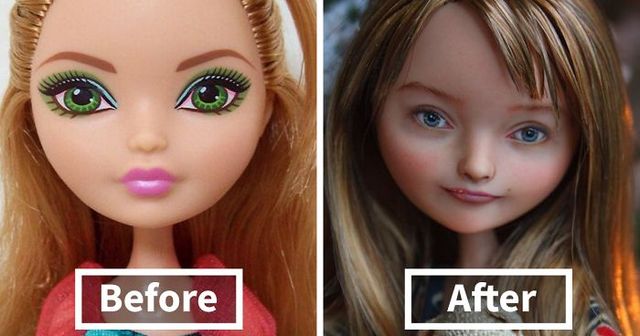27 Photos That Will Help You Understand The Size Of The Earth A Little Better
So you forgot your umbrella at home and got absolutely soaked on your way to the bus stop – it seems like your day can’t get any worse, right? And while we can’t offer you a dry shirt and a pair of pants, we can offer you something that will help you take your mind off of your misery.
Today we’ve prepared for you a collection of images that show just how small our Earth is compared to the rest of the universe. And we’re pretty sure they will make your problems seem so minuscule, you’ll realize they’re not even worth breaking a sweat over.
This is Earth, our home planet
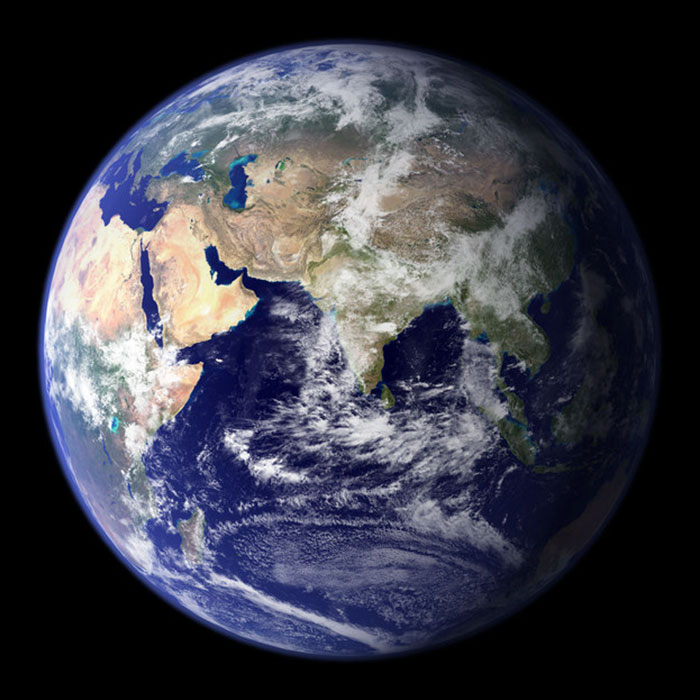
Image credits: NASA
Here it is next to the other 7 planets of our solar system
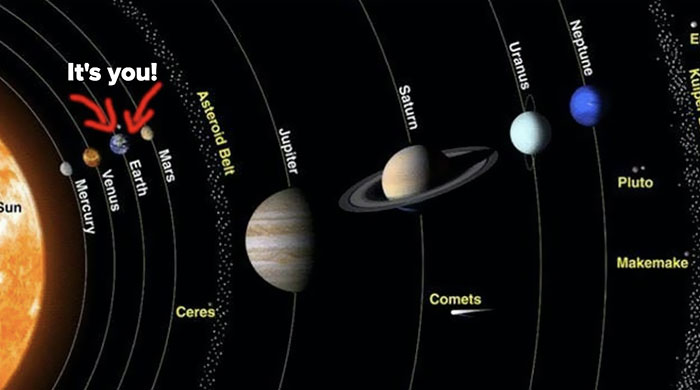
Image credits: NASA
Our 4.568 billion-year-old solar system consists of 8 planets (Mercury, Venus, Earth, Mars, Jupiter, Saturn, Uranus, Neptune), 3 dwarf planets (Ceres, Pluto, Eris), and, of course, the Sun. That is if you’re not counting all of the moons and asteroids inside it.
Here’s how far Earth is from the moon – doesn’t seem like that far, right?
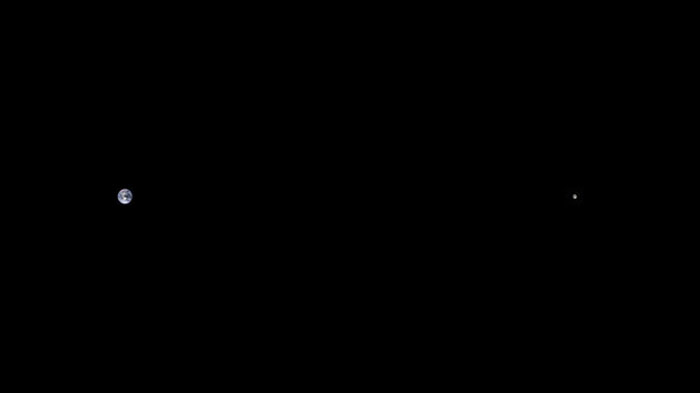
Image credits: Nickshanks
Turns out you can actually fit every planet in the solar system in that distance!
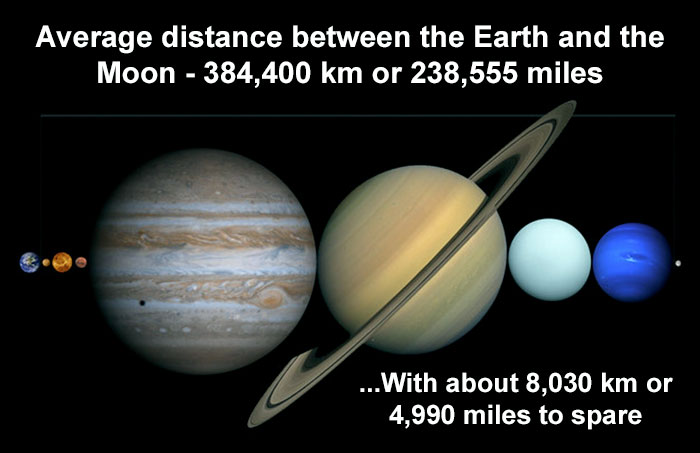
Image credits: reddit
Jupiter is the largest planet in our solar system – here’s how tiny North America looks compared to it
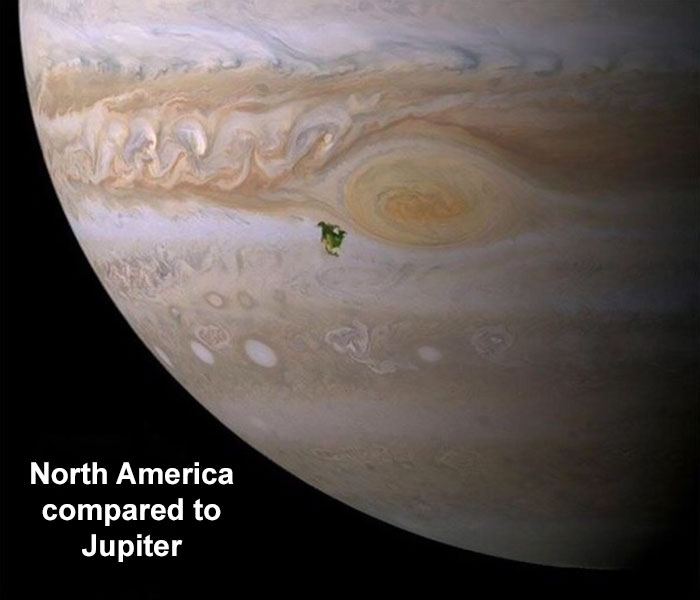
Image credits: John Brady/Astronomy Central
When we say Jupiter is big, we mean it’s huge. Here are some numbers to help you understand just how big it is: Earth’s radius is 6371.0 km (3958.8 mi) while Jupiter’s radius is 69,911 km (43,441 mi). Its surface area is 6.1419×10,10 km2 (2.3714×1010 sq mi) – that means it’s almost 122 times bigger than Earth!
And then there’s Saturn – here’s how big it is compared to Earth
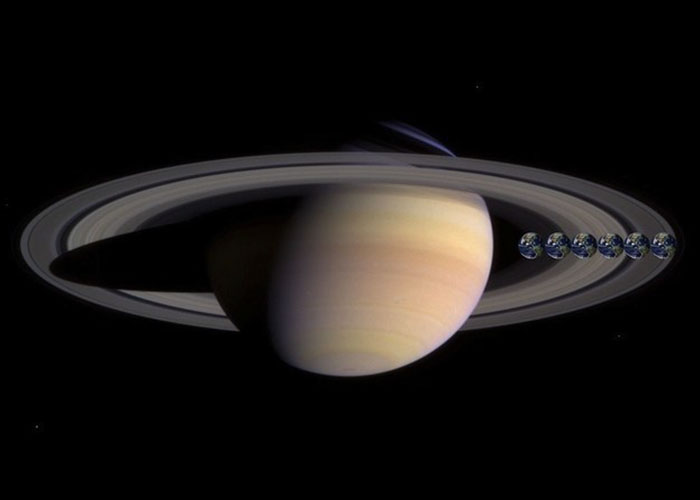
Image credits: John Brady/Astronomy Central
Here’s how Saturn’s rings would look like if they were placed around Earth
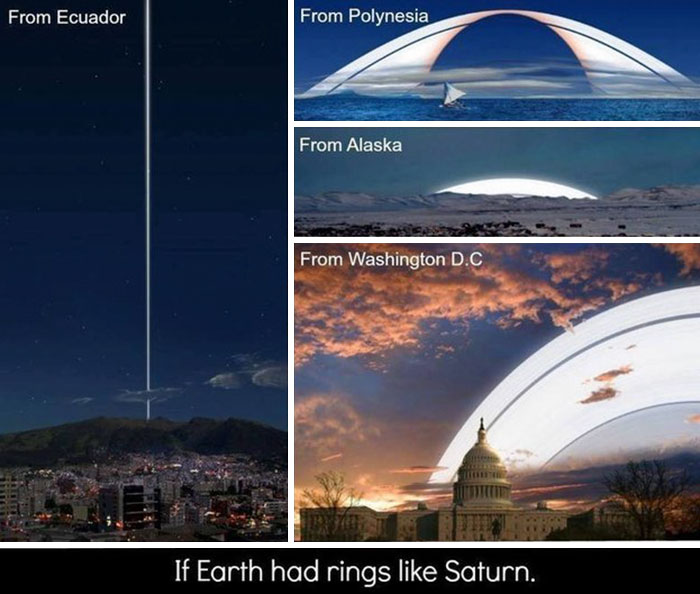
Image credits: Ron Miller
Just in case you thought we forgot about Pluto, here’s how we can see it now vs. how we were able to see it 14 years ago
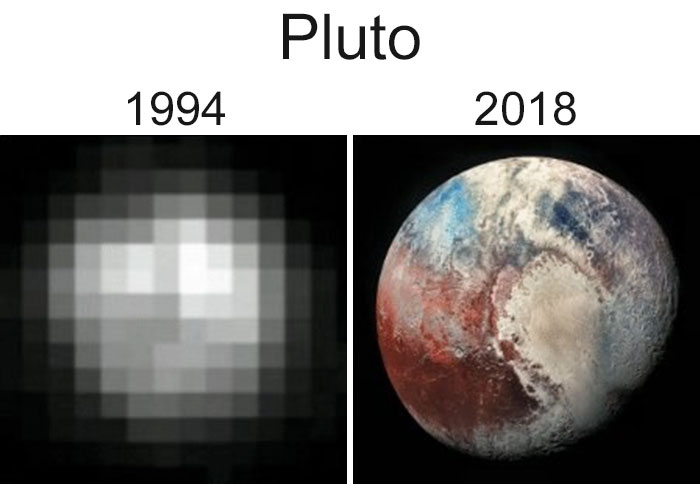
Image credits: NASA
Remember when we used to call Pluto a planet back in school? Well, it all changed back in 2006 when it was reclassified as a dwarf instead of a planet.
An artist tried to imagine how Rosetta’s Comet (67P/Churyumov–Gerasimenko) would look compared to downtown LA. That’s a big space rock, isn’t it?
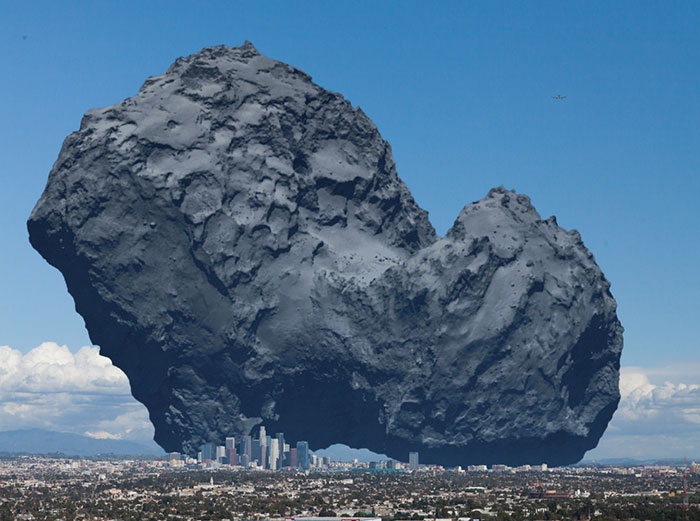
Image credits: anosmicovni
If you thought Jupiter was big, it has nothing on the Sun
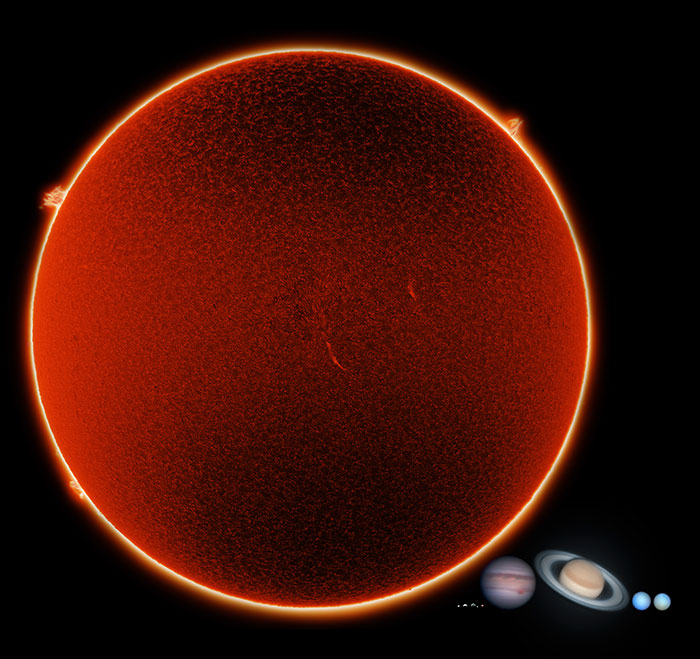
Image credits: ajamesmccarthy
The Sun has a surface area of 6.09×10 12 km 2 – that’s as big as 12,000 Earths! Here are some other fun facts:
- The light from the Sun takes 8 min and 19 s to reach Earth
- The Sun is made up of 73.46% Hydrogen, 24.85% Helium and small traces of Oxygen, Carbon and other elements
- The Sun turns 600 million tons of hydrogen into helium every second, resulting in 4 million tons of matter being converted into energy every second
Here’s how Earth looks from the surface of the Moon
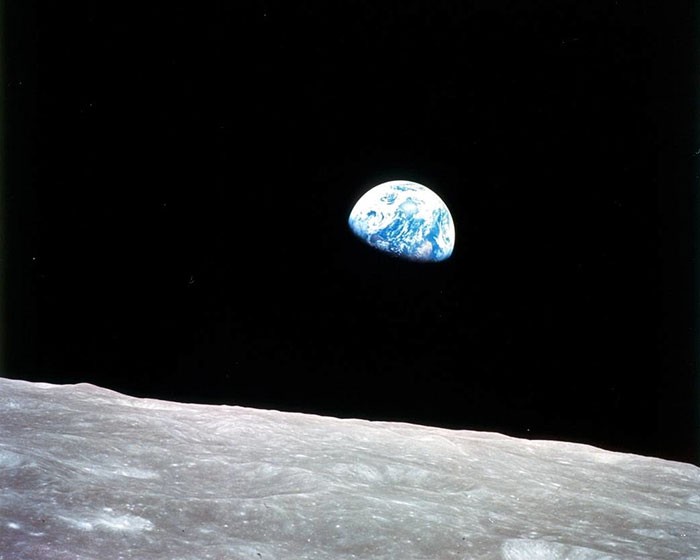
Image credits: NASA/Bill Anders
And here’s how it looks from Mars
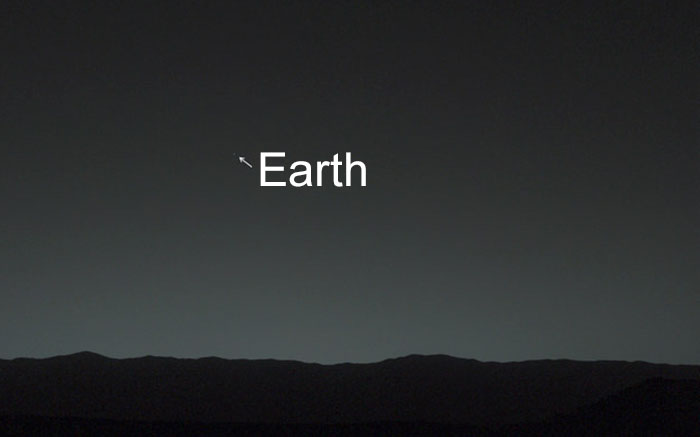
Image credits: NASA
…and from behind Saturn’s rings – looks kind of small, doesn’t it?
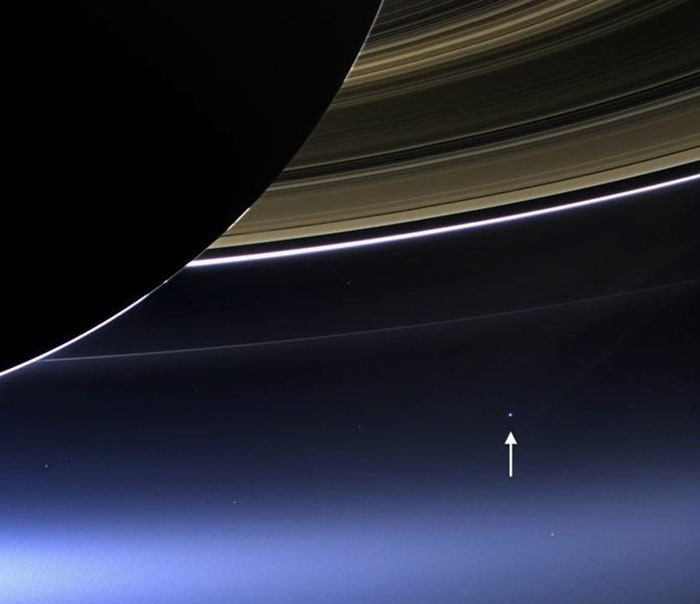
Image credits: NASA
Earth looks no bigger than a grain of salt from 2.9 billion miles away, just beyond Neptune
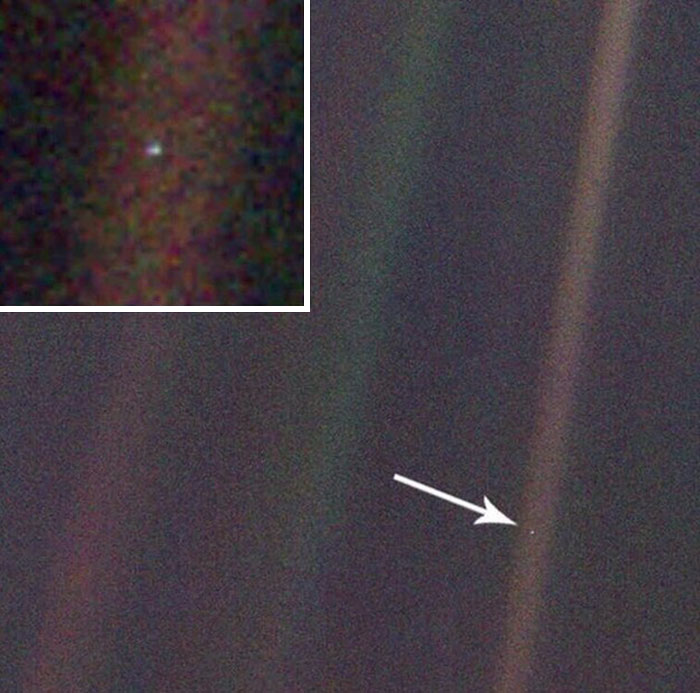
Image credits: NASA
Here’s how Earth looks compared to the Sun
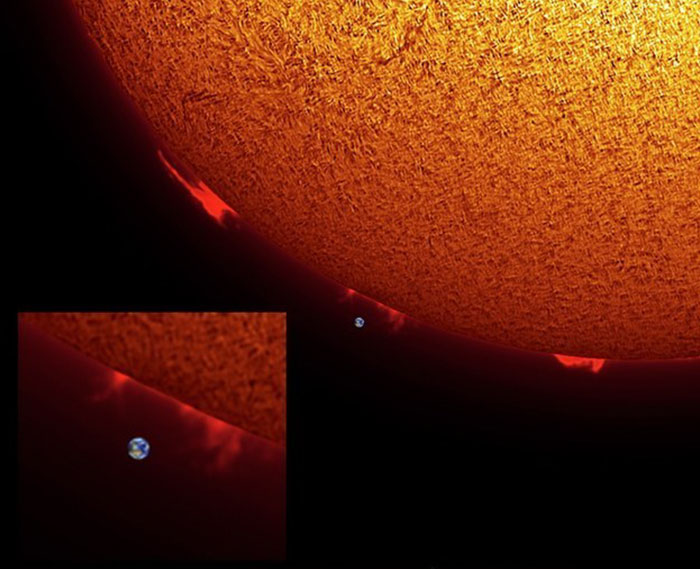
Image credits: John Brady/Astronomy Central
Although it looks like a little speck when seen from the surface of Mars
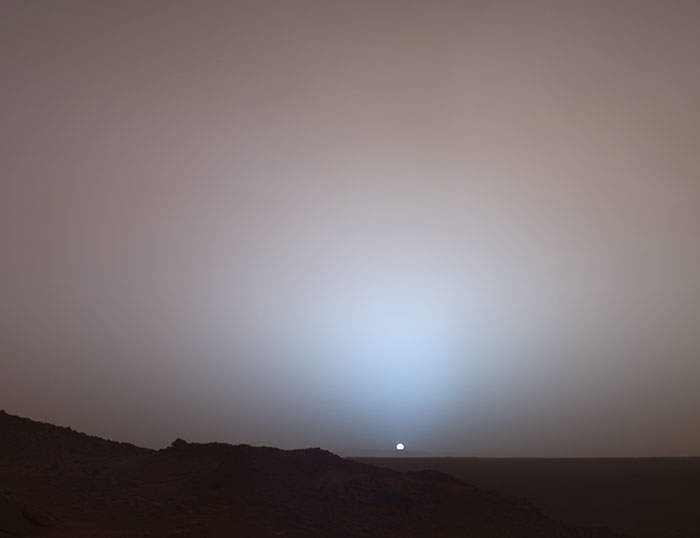
Image credits: NASA
Here’s another fun fact – there are more stars in the universe than there are grains of sand on every beach on Earth
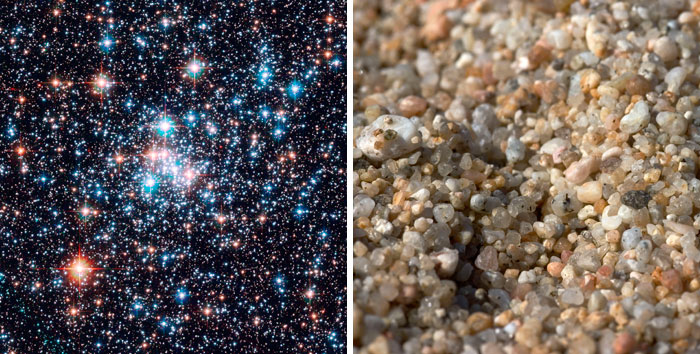
Image credits: Sean O’Flaherty
This means that there are much bigger stars than our sun out there. For example, here’s the Sun compared to VY Canis Majoris
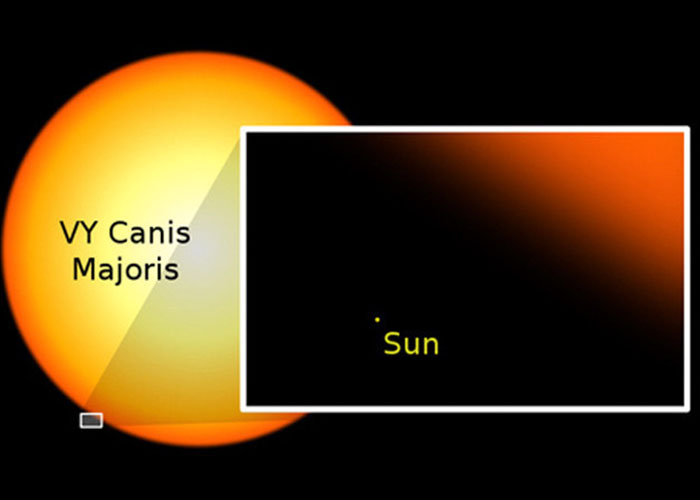
Image credits: Oona Räisänen
If placed in the center of our solar system, VY Canis Majoris would almost reach the orbit of Saturn
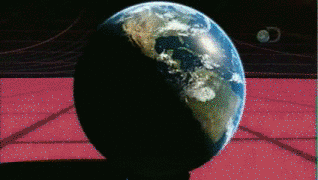
Image credits: Discovery Channel
If we scaled the Sun down to the size of a white blood cell, the Milky Way would be the just as big as the continental United States
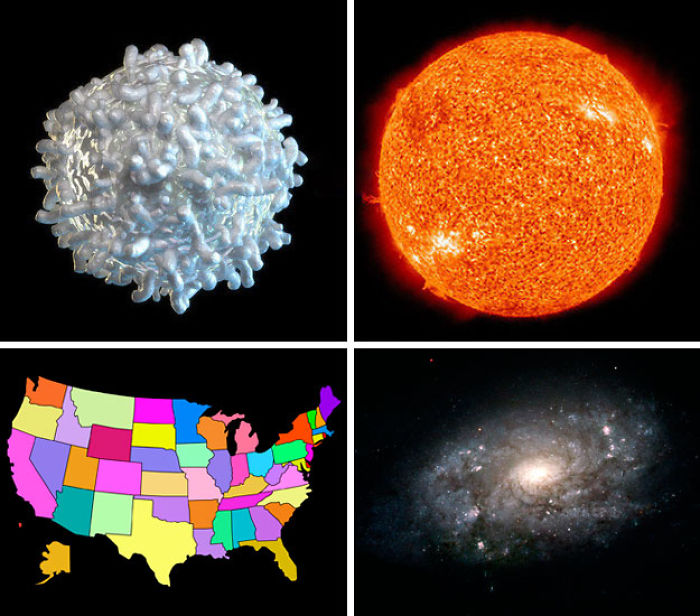
Image credits: NASA
Suddenly the Earth doesn’t seem that big anymore
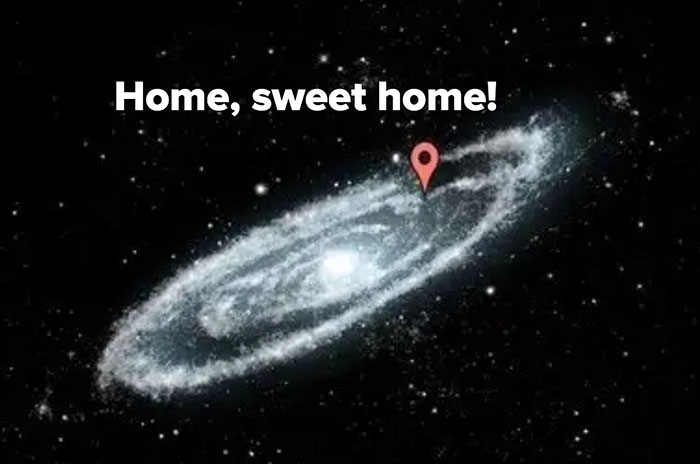
Looking up at the night sky, you can see thousands of stars and they’re just a fraction of the numerous stars in the universe
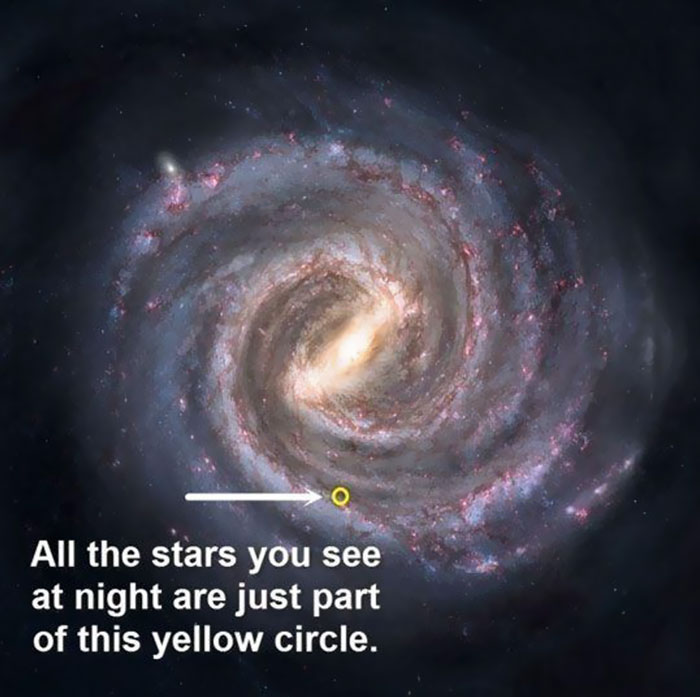
Image credits: ScienceDump
Just in case you thought Milky Way is huge, here how it looks next to IC 1101, located 1.04 billion light-years away
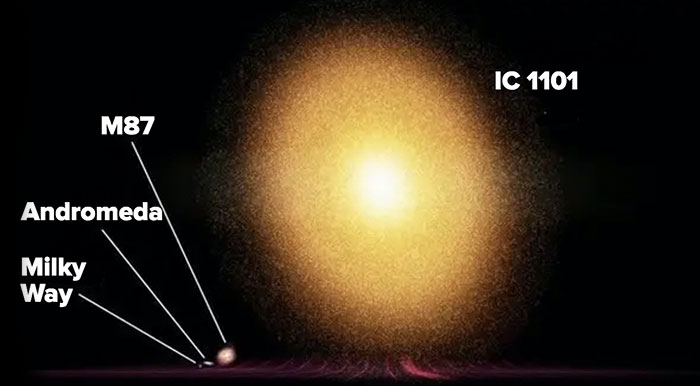
Image credits: IC 1101
Here’s a photo of the thousands of galaxies around us take by the Hubble Space Telescope
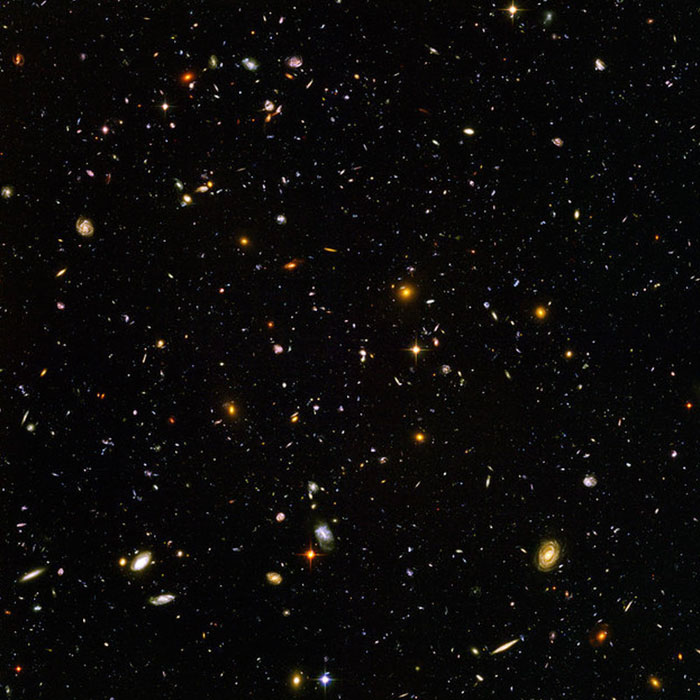
Image credits: NASA
Most of them are so far away, we might never get to visit them – like UDF 423, for example, that’s located 7.7 billion light-years away
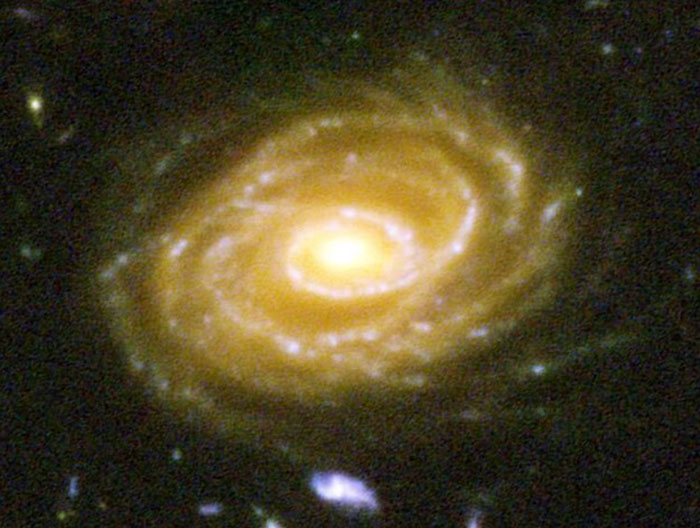
Image credits: NASA
All of the stars in the night sky are just a tiny part of the whole universe
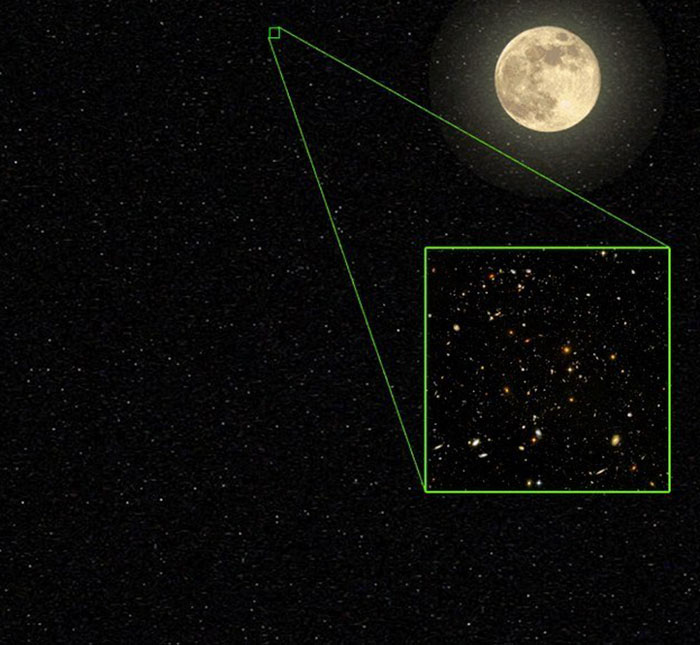
Image credits: NASA
And one last thing – black holes. Here’s how one looks compared to Earth’s orbit – now that’s pretty terrifying
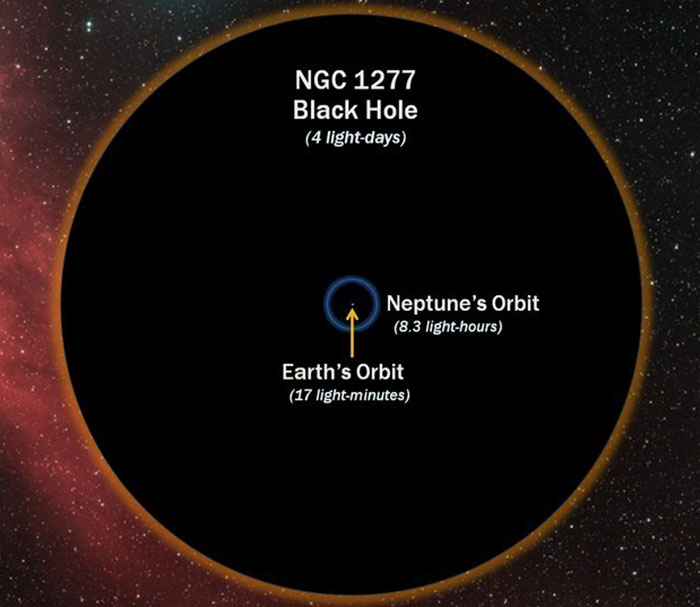
Image credits: D. Benningfield/K. Gebhardt/StarDate

